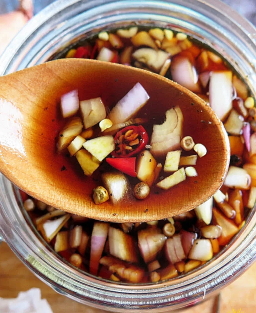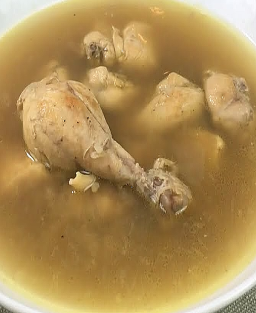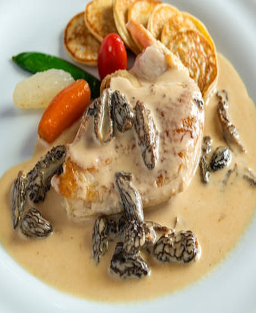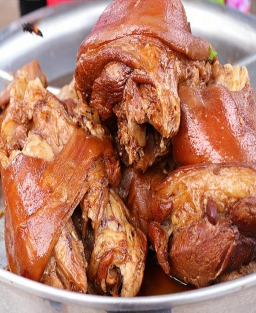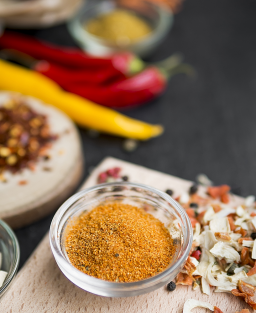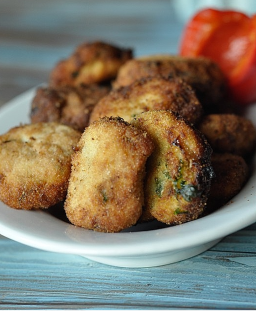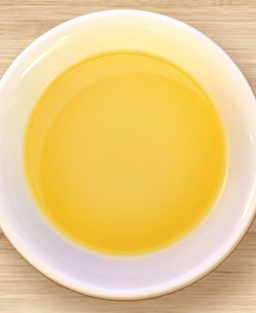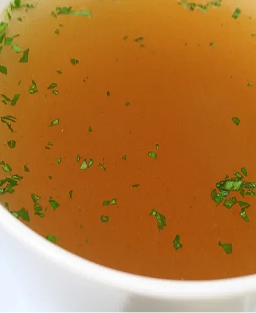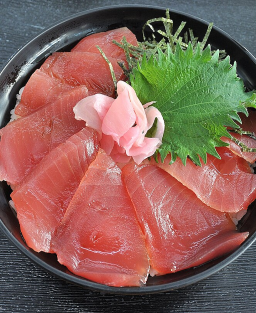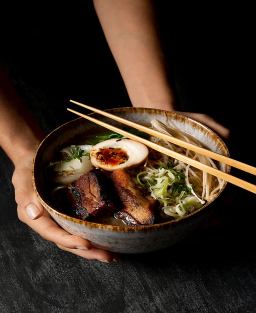- Out-of-Stock
Philippine Sawsawan Sauce Recipes with Spicy Vinegar
Philippine Sawsawan Sauce Recipes with Spicy Vinegar
Original recipe
Strict and essential ingredients (original):
-
Unrefined rice vinegar (or artisanally fermented)
Clear, acidic yet mild, obtained by natural fermentation of rice. -
Fresh labuyo chilies
The only native Philippine chili, very hot, used whole or sliced to infuse the vinegar. -
Local shallots or red onions
Thinly sliced for a touch of sweetness and some crunch.
Ingredients not originally present:
-
Tomato (introduced later under Spanish/American influence)
-
Added sugar (tradition called for pure, unsweetened vinegar)
-
Garlic or other aromatics (more recent additions depending on region)
Preparation:
-
Pour artisan rice vinegar into a simple container (often clay or wood).
-
Add whole or lightly crushed labuyo chilies to release their heat.
-
Add slices of fresh shallots.
-
Let infuse for several hours, sometimes a full day, before serving.
Historical notes:
-
Natural rice vinegar was produced locally through slow fermentation.
-
It was acidic but mild, with no added sugar.
-
Adding tomato, sugar, or other ingredients is a more recent evolution influenced by colonization and modern habits.
Popular modern recipe
Basic ingredients (most common current version):
-
Rice vinegar (preferably unpasteurized, lightly fermented) – 1/2 cup
-
Labuyo chilies (small, very hot Philippine chilies) – 3 to 5, fresh, sliced or whole
-
Red shallots – 1 to 2, thinly sliced
-
Tomato – 1 small, diced
-
Salt – a pinch (about 1/4 tsp)
-
Palm sugar (panela, muscovado, or tagapulot) – 1 tsp, grated or dissolved in vinegar
Preparation:
-
Mix in a small bowl or clean jar: vinegar, labuyo chilies, shallots, tomato, salt, and palm sugar.
Short infusion (for quick use):
-
Let sit at room temperature for 15 minutes to 1 hour for flavors to meld.
Long infusion (for deeper flavor):
-
Transfer mixture to a glass jar, cover without sealing tightly, and let infuse 1 to 5 days, refrigerated or at room temperature.
-
Do not include tomato in this version; add only when serving to avoid fermentation.
Serving:
-
Serve at room temperature, accompanying longsilog or other fried dishes.
-
Stir well if the mixture has been infused for several days.
Notes:
-
This version is a modern evolution, very common in Filipino households.
-
Palm sugar did not exist in the original version but is now essential to balance heat and acidity.
-
For a more rustic version, omit tomato and sugar, returning to the simple vinegar + labuyo + shallots.
Regional variants and alternatives:
-
Coconut vinegar (sukang tuba) – used in some southern and Visayas regions; milder, slightly sweet and fruity. Prepared like the modern version, substituting rice vinegar with coconut vinegar.
-
Sugarcane vinegar (sukang Iloko) – specific to Ilocos (northern Luzon); stronger, slightly caramelized flavor. Prepared like classic spicy vinegar.
-
Chili-only infused vinegar – no tomato or shallot; very simple and extremely hot. Long shelf life.
-
With chopped garlic – modern variant in some families; adds a more aromatic and pronounced flavor.












